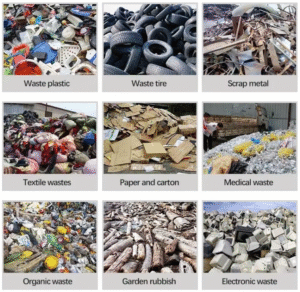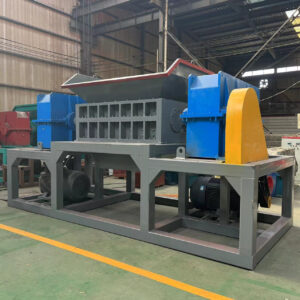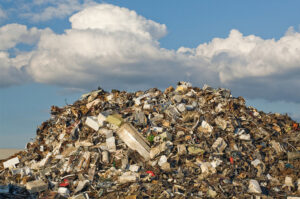Introduction
Shredders have become an indispensable tool in both office environments and industrial settings. Originally designed to destroy sensitive documents, modern shredders now handle everything from plastic waste to electronic components. This article explores the history, technological advancements, and diverse applications of shredders, highlighting their critical role in security, recycling, and waste management.

The Origins of Shredding Technology
The first paper shredder was invented in 1909 by Abbot Augustus Low, though his design was never manufactured. The modern shredder, as we know it, was patented in 1935 by Adolf Ehinger, a German engineer who initially created it to destroy anti-Nazi propaganda. His hand-cranked device laid the foundation for mechanical shredders used in government and corporate sectors.
By the 1950s, shredders became essential for classified document disposal, especially in intelligence agencies like the CIA. The Watergate scandal in the 1970s further emphasized the need for secure document destruction, leading to widespread adoption in businesses.

Types of Shredders and Their Mechanisms
Shredders vary in design based on their intended use. The most common types include:
1. Strip-Cut Shredders
-
The simplest and earliest form of shredding.
-
Cuts paper into long vertical strips.
-
Less secure, as strips can potentially be reassembled.
2. Cross-Cut Shredders (Confetti-Cut)
-
Introduced in the 1980s for higher security.
-
Cuts paper both horizontally and vertically, creating small confetti-like pieces.
-
Ideal for sensitive corporate and government data.
3. Micro-Cut Shredders
-
The most secure option for confidential documents.
-
Pulverizes paper into tiny, unreadable particles.
-
Used by military and financial institutions.
4. Industrial Shredders
-
Designed for heavy-duty material destruction.
-
Capable of shredding metals, plastics, tires, and electronic waste.
-
Used in recycling plants and manufacturing facilities.
The Role of Shredders in Data Security
With the rise of identity theft and corporate espionage, shredders play a crucial role in information security. Key benefits include:
-
Compliance with Privacy Laws (e.g., GDPR, HIPAA) requiring secure document disposal.
-
Preventing Dumpster Diving—a common method for stealing sensitive data.
-
Secure Digital Media Destruction—some shredders now destroy hard drives and USBs.
A 2023 study found that 40% of data breaches involved physical documents, reinforcing the need for proper shredding protocols.
Shredders in Recycling and Waste Management
Beyond paper security, shredders contribute significantly to environmental sustainability.
1. Paper Recycling
-
Shredded paper is easier to process in recycling plants.
-
Reduces landfill waste and supports circular economy initiatives.
2. Plastic and E-Waste Shredding
-
Industrial shredders break down plastic bottles, electronic waste, and obsolete machinery.
-
Enables efficient material recovery for reuse in manufacturing.
3. Tire Shredding
-
Used tires are shredded into rubber crumbs for playground surfaces, asphalt, and fuel alternatives.
-
Preposes environmental hazards from tire stockpiles.
Technological Advancements in Shredding
Modern shredders incorporate cutting-edge innovations:
-
Auto-Feed & Smart Sensors – Detect paper jams and optimize shredding speed.
-
Energy-Efficient Motors – Reduce power consumption in industrial models.
-
Blockchain-Enabled Disposal Tracking – Some companies now provide digital certificates of destruction for compliance.

Future Trends in Shredder Technology
The shredding industry continues to evolve with emerging trends:
-
AI-Powered Sorting – Machines that identify and separate materials automatically.
-
Mobile Shredding Units – On-site shredding trucks for businesses.
-
Biodegradable Material Shredders – For compostable packaging and organic waste.
Conclusion
From humble beginnings as a simple paper-cutting device, shredders have transformed into sophisticated machines essential for security, recycling, and industrial applications. As technology advances, their role in data protection and environmental sustainability will only grow. Whether in an office or a waste management facility, shredders remain a vital tool in our modern world.



